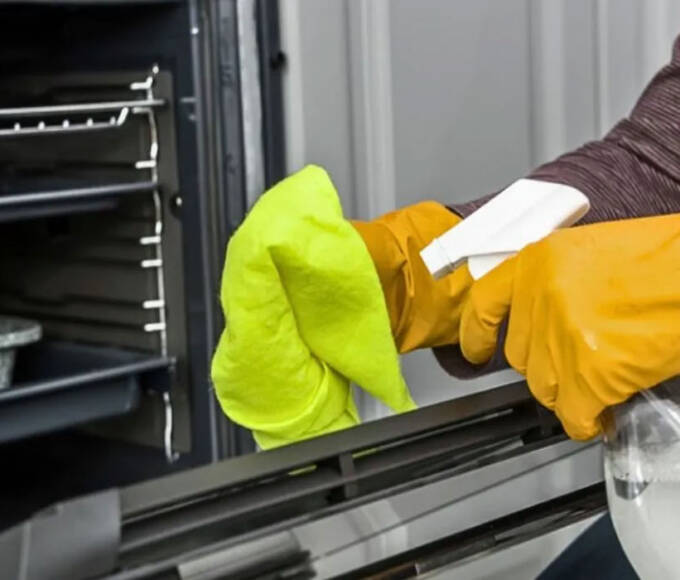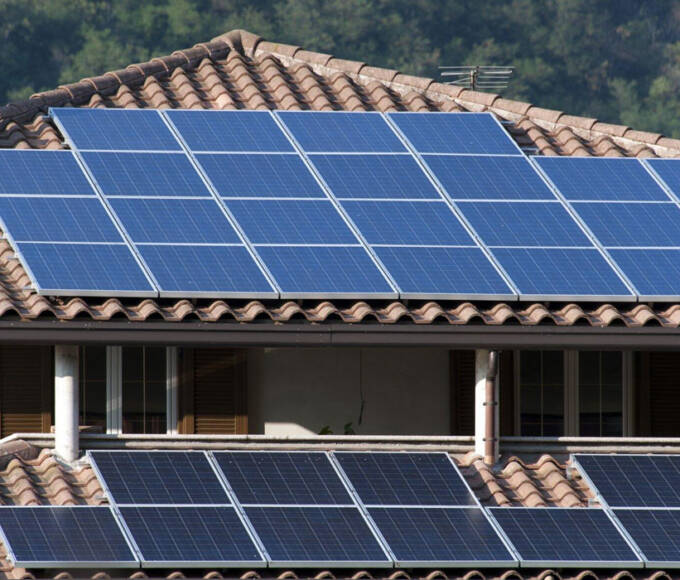Roofing is one of those essential aspects of homeownership that often gets overlooked until there’s a problem. However, understanding the basics of roofing materials can help you make informed decisions when it comes time to replace or repair your roof. In this comprehensive guide, we’ll delve into the world of asphalt roll roofing, covering its benefits, installation process, and maintenance tips to keep your roof in top condition for years to come.
What is Asphalt Roll Roofing?

Let’s start with the basics. Asphalt roll roofing is a type of roofing material commonly used for low-slope or flat roofs. It comprises a base mat infused with asphalt and topped with granules for added durability and weather resistance. While not as long-lasting as traditional shingles or metal roofing, asphalt roll roofing offers a cost-effective solution for structures with less steeply pitched roofs.
Benefits of Asphalt Roll Roofing
Affordability: Asphalt roll roofing is one of the most budget-friendly roofing options available, making it an attractive choice for homeowners on a tight budget.
Easy Installation: Unlike other roofing materials requiring specialized tools and skills, asphalt roll roofing can be installed relatively quickly and easily by DIY enthusiasts or professionals.
Versatility: Asphalt roll roofing comes in a variety of colours and styles, allowing homeowners to choose a look that complements their home’s aesthetic.
Durability: While not as durable as some premium roofing materials, asphalt roll roofing can still provide reliable protection against the elements when properly installed and maintained.
Weather Resistance: The asphalt and granule composition of roll roofing makes it resistant to damage from UV rays, hail, and other weather-related hazards.
Installation Process
Installing asphalt roll roofing requires careful attention to detail to ensure a watertight seal and long-lasting performance. Here’s a brief overview of the installation process:
- Prepare the Roof: Start by ensuring the roof deck is clean, dry, and free of any debris or protrusions that could puncture the roofing material.
- Apply Underlayment: Install a layer of roofing felt or synthetic underlayment to provide an additional barrier against moisture infiltration.
- Unroll the Roofing Material: Roll out the asphalt roofing material across the length of the roof, leaving a slight overhang at the edges.
- Secure the Material: Use roofing nails or adhesive to secure the roofing material in place, taking care to avoid overdriving the nails and causing damage.
- Seal the Seams: Overlap adjacent sheets of roofing material by several inches and seal the seams with roofing cement to prevent water infiltration.
- Finish the Edges: Install metal flashing or drip edge along the roof edges to provide a clean, finished look and further protect against water damage.
- Inspect and Clean Up: Once the roofing material is installed, carefully inspect the entire roof for any signs of damage or defects and clean up any debris or excess materials.
Maintenance Tips
Proper maintenance is key to maximizing the lifespan of your asphalt roll roofing. Here are some tips to keep your roof in top condition:
- Regular Inspections: Inspect your roof at least once a year or after severe weather events to check for signs of damage, such as cracks, tears, or loose shingles.
- Clean Gutters and Downspouts: Keep gutters and downspouts clear of debris to prevent water from backing up and causing damage to your roof.
- Trim Overhanging Branches: Trim back any overhanging branches that could potentially damage your roof or provide easy access to pests.
- Address Leaks Promptly: If you notice any signs of water infiltration, such as water stains on your ceiling or walls, address the issue promptly to prevent further damage.
- Schedule Professional Inspections: Consider hiring a professional roofing contractor to thoroughly inspect your roof every few years to identify any potential issues early on.
Frequently Asked Questions (FAQs)
Q: How long does asphalt roll roofing typically last?
A: The lifespan of asphalt roll roofing can vary depending on factors such as climate, installation quality, and maintenance practices. On average, asphalt roll roofing can last anywhere from 10 to 20 years with proper care.
Q: Can asphalt roll roofing be installed on all types of roofs?
A: Asphalt roll roofing is best suited for low-slope or flat roofs, but it can also be used on pitched roofs with a slope of 2:12 or less. However, it may not be suitable for roofs with steep pitches or complex architectural features.
Q: Is asphalt roll roofing resistant to algae and moss growth?
A: While asphalt roll roofing is generally resistant to algae and moss growth due to the granule surface, it’s still possible for these organisms to take hold in areas with high humidity or shaded conditions. Regular maintenance, such as keeping the roof clean and free of debris, can help prevent algae and moss growth.
Q: Can I install asphalt roll roofing myself, or should I hire a professional?
A: While DIY enthusiasts can install asphalt roll roofing, it’s important to have some level of roofing experience and knowledge of proper installation techniques. If you’re uncomfortable working at heights or handling roofing materials, hiring a professional contractor is best to ensure the job is done safely and correctly.
Conclusion
Asphalt roll roofing offers an affordable and versatile solution for homeowners needing a new roof. By understanding its benefits, installation process, and maintenance tips, you can make informed decisions to ensure your roof provides reliable protection for years to come. Whether you’re tackling a DIY roofing project or hiring a professional contractor, proper installation and maintenance are essential for maximizing the lifespan of your asphalt roll roofing. With regular care and attention, your roof can continue to shelter your home and family for years to come.








